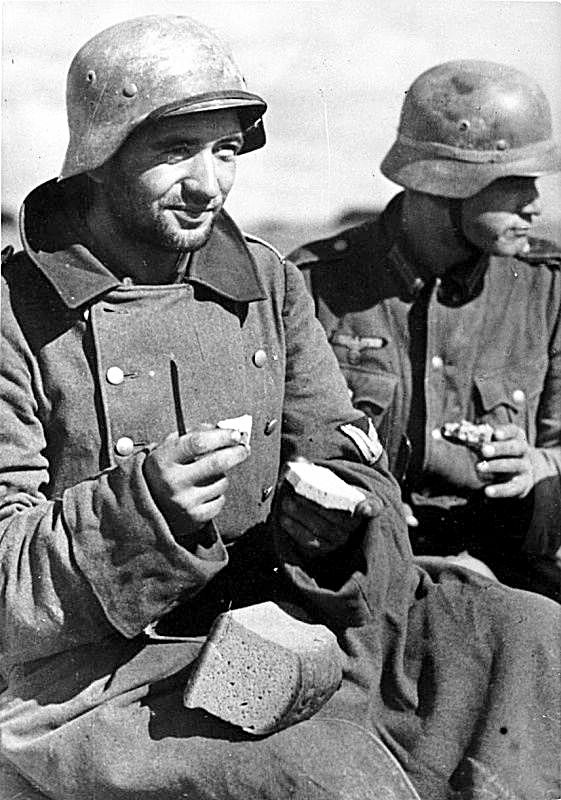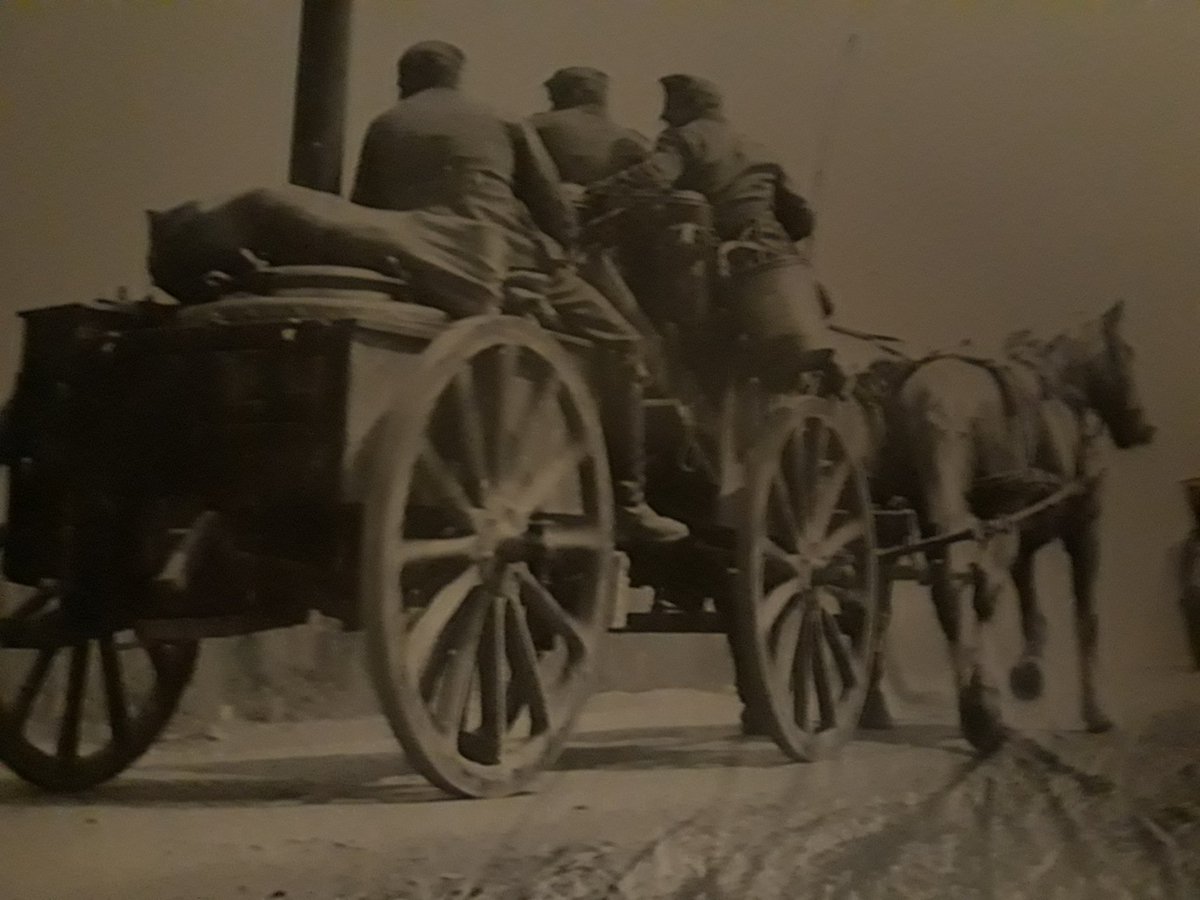
Thread: German Field Kitchens of the Second World War
Part Three: The Bakery Company(Bäckereikompanie) 1/21

Part Three: The Bakery Company(Bäckereikompanie) 1/21


Bread was a very big part of the landsers diet...accounting for most of the calories in the morning and evening meals. Fulfilling the bread requirements for just one division was an enormous undertaking. 2/21 

Each division would usually have three dedicated bakery companies... two motorized and one drawn by horseback. A company consisted of two baking platoons... and each company also had a dedicated maintenance platoon for upkeep of the equipment. 3/21 



The size of the companies and platoons could vary widely. Usually each company would have between 140 and 200 men. Every baking company would also have several supply trucks, tents, dough mixers, oven trailers, a generator, and fuel and water tank trucks. 4/21 

Pictured here are two illustrations of the Sd.Ah 105 oven trailer. The 105 and more recent 106 models were the backbone of the bread baking operations. 5/21 



Dough was mixed...carefully weighed to exact army specifications...and prepped for proofing. Each dough ball had to weigh 1.8kg before being proofed and baked. 6/21 


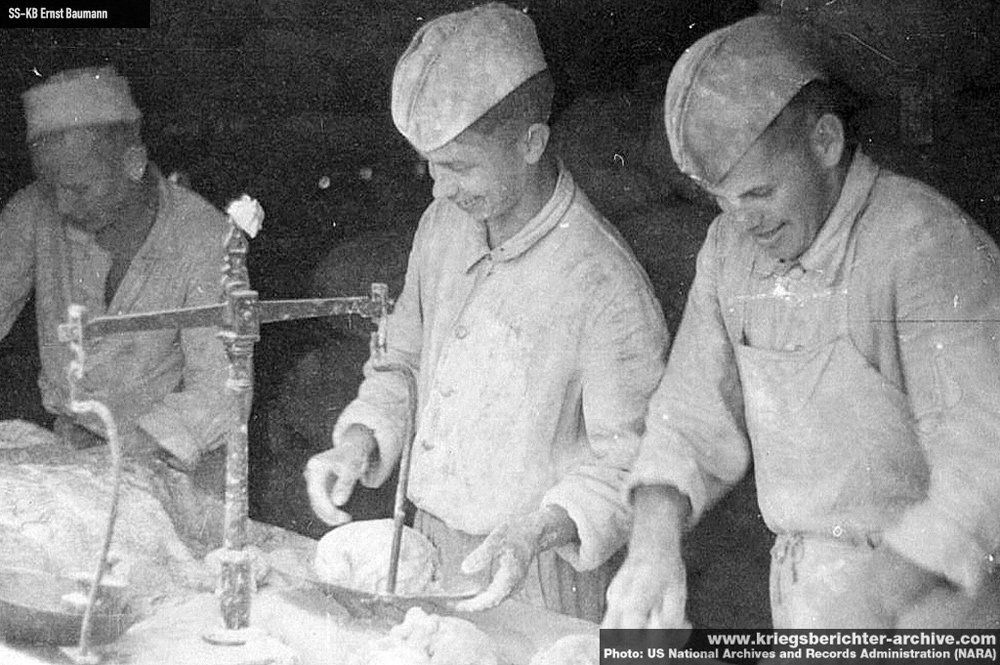


Once proofed the dough would be carefully packed onto large baking sheets and loaded into the mobile oven trailers. 7/21 

After baking...the loaves would be removed and cooled. Upon cooling the loaves should weigh around 1.5kg each. 8/21 



A bakery company could produce between 15,000 and 19,000 loaves of bread per day...depending on the supply and combat situation. Below is a young soldier of the Grossdeutschland division with some freshly baked kommisbrot. 9/21 



As I eluded to in a previous thread...kommisbrot was a sourdough bread made with rye and wheat flours. It was prized for its incredibly long shelf life. Kommisbrot simply means "military bread" and covers any bread made by the bakery companies. 10/21 



"Front fresh" bread was the most common type of bread eaten by the troops. It was wrapped in cellophane or packaged in paper cartons before being sent to the front lines. Pictured below is a young man with a loaf of bread wrapped in cellophane destined for the front. 11/21 

After 1942 "canned bread" began being produced and distributed from facilities far behind the front lines or in Germany itself. The canned bread offered many more options for the soldiers. I will be discussing the varieties of canned bread in more depth in a future thread. 12/21 





The type of front fresh bread could differ depending on the quality of flours available... and also the theater of operations. Temperature and elevation played a major role in bread baking. 13/21 

For example, in North Africa the Afrika Korps received a black bread(schwarzbrot) made with a high content of whole grains and packaged in a special carton. It was specially produced for the desert climate and could resist molding in the high temperatures. 14/21 

While not as popular as front fresh bread... the black bread was preferred by most soldiers over the Italians "maisbrot" which substituted olive oil for butter. This is another subject I'll likely discuss in more depth in the future. 15/21
Camouflage was also essential for the bakery companies and their work. Their positions needed to be hidden from marauding enemy fighters just as the fighting positions would have. Below we see bakers walking to and from a well camouflaged bread baking operation. 16/21 

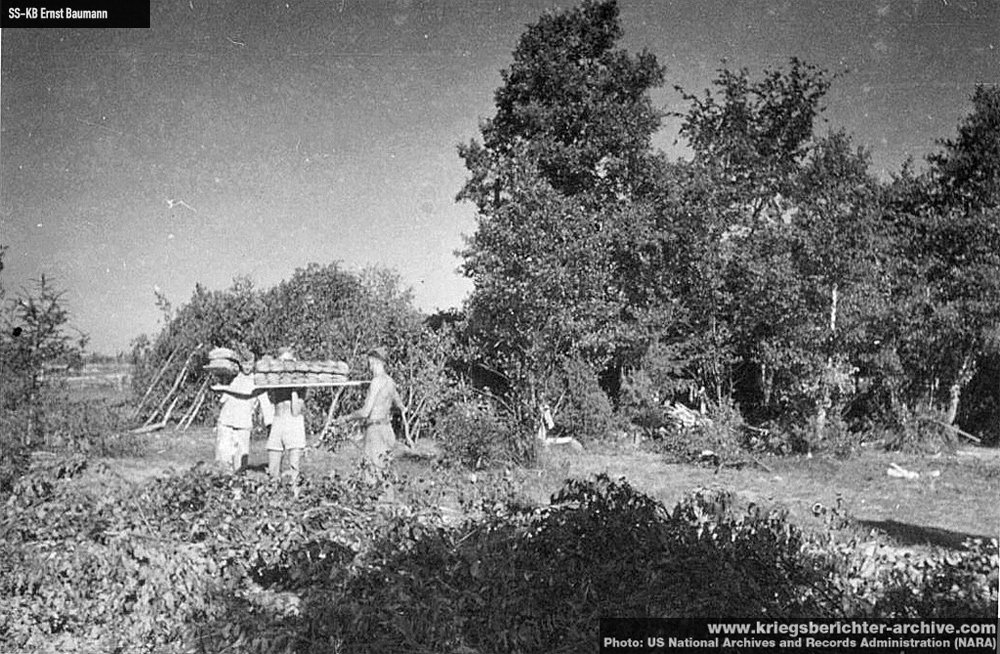

Pictured here we see a soldier camouflaging the bakery tent where the men are busy mixing and weighing the dough. 17/21 

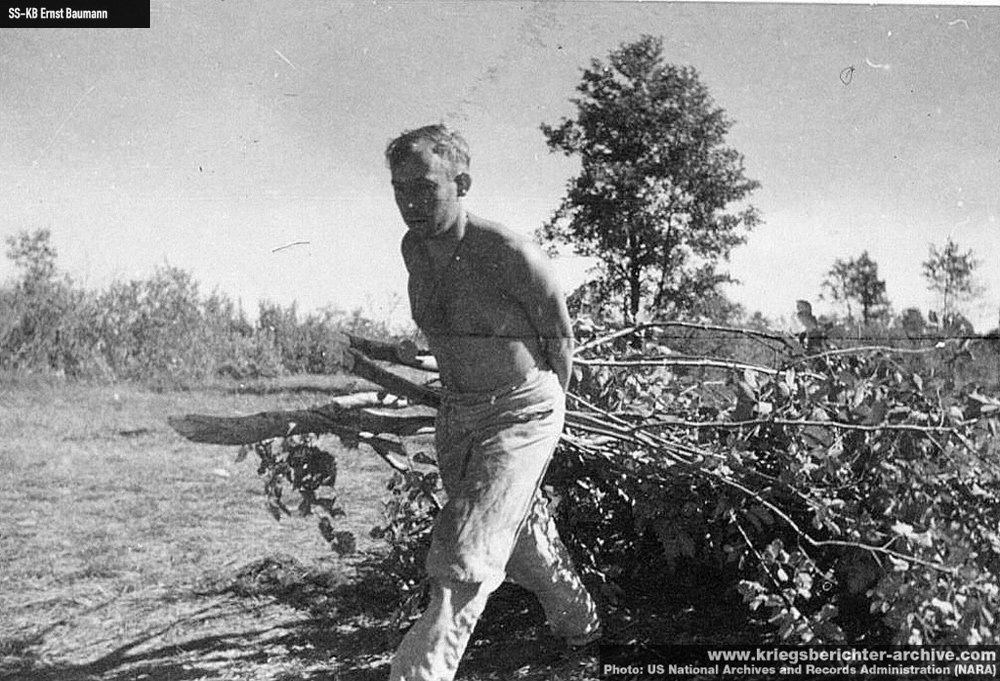

And finally... here we see the men of the bakery company taking a much needed break from the heat in their well camouflaged position. 18/21 

I hope you've enjoyed my thread on German bakery companies. This thread was particularly hard to research as there is very little information available. I feel as if I've barely scratched the surface with this subject. I welcome any new info or corrections to my thread. 19/21 

Future threads will include:
Butcher Companies
Iron Rations and Specialty Foods
Requisitioning
Supply Depots and Logistics
Late War Food Situation
I'd also like to thank @BuddNicholas
and @GeorgeMCR01 for their enormous contributions to my research. 20/21
Butcher Companies
Iron Rations and Specialty Foods
Requisitioning
Supply Depots and Logistics
Late War Food Situation
I'd also like to thank @BuddNicholas
and @GeorgeMCR01 for their enormous contributions to my research. 20/21
SOURCE:
1)God, Honor, Fatherland/McGuirl & Spezzano
2)Neihorster/German Organizational Series
3)Ernst Baumann Collection
4)US Archives/College Park, MD
#WW2 #Germanfieldkitchens #bäkereikompanie #bakerycompany
End thread
1)God, Honor, Fatherland/McGuirl & Spezzano
2)Neihorster/German Organizational Series
3)Ernst Baumann Collection
4)US Archives/College Park, MD
#WW2 #Germanfieldkitchens #bäkereikompanie #bakerycompany
End thread
• • •
Missing some Tweet in this thread? You can try to
force a refresh




